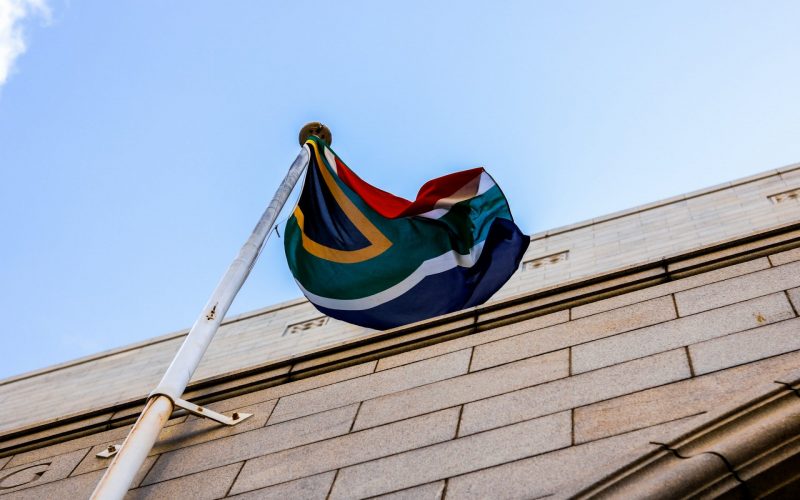The country’s diamond sector has been bedevilled by smuggling, opaque licensing, human rights abuses, self-enrichment by executives and public officials, and extremely limited accrual of diamond revenues to the fiscus, among others. Civil society monitoring and lobbying at local, national and international levels has played a critical role in improving the governance of Zimbabwe’s diamond sector. This briefing highlights the actions civil society has taken to promote transparency and accountability in Zimbabwe’s diamond sector. It concludes that civil society has contributed significantly towards better diamond sector governance in Zimbabwe in the last 10 years. It has also helped to broaden the view of what constitute conflict diamonds among international bodies such as the Kimberley Process (KP) Certification Scheme, the World Diamond Council (WDC) and the World Federation of Diamond Bourses (WFDB).








